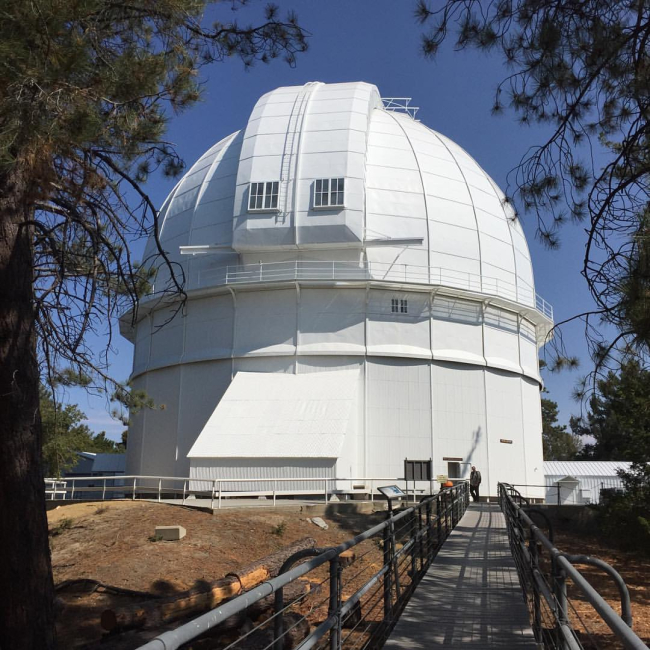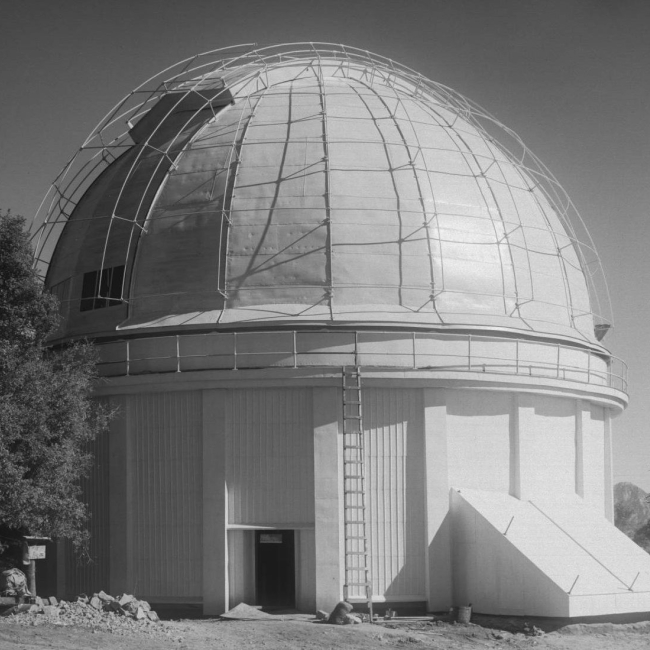Mount Wilson Observatory
Sobre "Mount Wilson Observatory"
Mount Wilson Observatory, located in the San Gabriel Mountains in California, was founded in 1904 and quickly became one of the most important centers for astronomical research in the world. Its elevated location, more than 1,700 meters above sea level, provides clear and stable skies, ideal for astronomical observation. In its early years, the observatory was known for hosting the 60-inch telescope, the largest of its kind at the time, built by George Ellery Hale.
As the 20th century progressed, the observatory gained even more prominence when it installed the 100-inch Hooker telescope in 1917, the largest in the world until 1949. This telescope was instrumental in one of the greatest revolutions in modern astronomy: the discovery of the expanding universe, made by Edwin Hubble in the 1920s. Hubble used observations from the telescope to show that galaxies are moving away from each other, leading to the development of the Big Bang theory.
In addition to its significance in optical astronomy, Mount Wilson Observatory has also been a pioneer in solar research. The observatory houses the world's largest solar telescope, used to study sunspots and other solar phenomena. Although it has been surpassed by more modern observatories today, Mount Wilson remains a site of great historical and scientific value and continues to operate for research and astrotourism.



